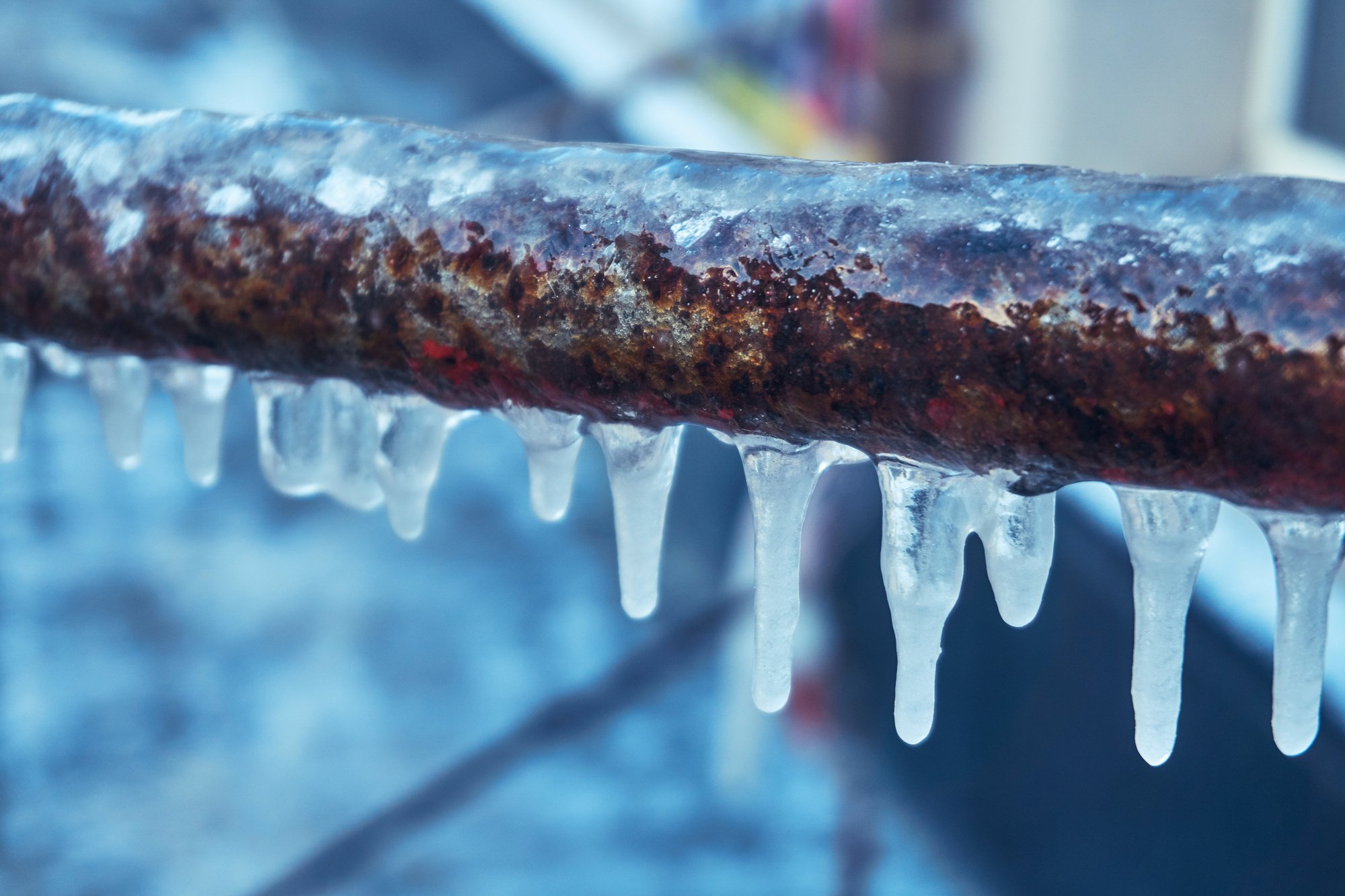Tips for Avoiding Frozen Pipes in Cold Weather: Expert Insights
Tips for Avoiding Frozen Pipes in Cold Weather: Expert Insights
Blog Article
Were you hunting for guidance involving Winter Plumbing Precautions: Preventing Frozen Pipes?

Winter can damage your plumbing, especially by freezing pipelines. Below's how to avoid it from happening and what to do if it does.
Introduction
As temperature levels decrease, the danger of frozen pipelines increases, possibly resulting in costly repairs and water damage. Recognizing just how to avoid frozen pipes is essential for homeowners in cold climates.
Prevention Tips
Shielding vulnerable pipelines
Wrap pipelines in insulation sleeves or make use of warmth tape to safeguard them from freezing temperatures. Focus on pipelines in unheated or external locations of the home.
Heating methods
Maintain interior spaces effectively heated up, especially areas with plumbing. Open up cabinet doors to enable cozy air to flow around pipes under sinks.
How to determine frozen pipelines
Search for reduced water flow from taps, unusual smells or noises from pipelines, and noticeable frost on revealed pipelines.
Long-Term Solutions
Structural adjustments
Think about rerouting pipelines away from outside wall surfaces or unheated areas. Include extra insulation to attic rooms, basements, and crawl spaces.
Upgrading insulation
Invest in high-grade insulation for pipelines, attics, and wall surfaces. Proper insulation assists maintain constant temperature levels and minimizes the danger of frozen pipes.
Shielding Outside Pipes
Yard hose pipes and exterior taps
Separate and drain pipes yard tubes before wintertime. Mount frost-proof spigots or cover outside taps with shielded caps.
Understanding Icy Pipes
What causes pipes to ice up?
Pipelines freeze when revealed to temperatures listed below 32 ° F (0 ° C) for prolonged durations. As water inside the pipes freezes, it expands, putting pressure on the pipeline walls and potentially causing them to rupture.
Dangers and damages
Frozen pipes can bring about water supply disruptions, property damages, and costly repair work. Ruptured pipelines can flooding homes and create considerable architectural damage.
Indicators of Frozen Pipeline
Recognizing icy pipes early can prevent them from bursting.
What to Do If Your Pipelines Freeze
Immediate actions to take
If you believe frozen pipelines, maintain faucets available to relieve stress as the ice melts. Make use of a hairdryer or towels soaked in hot water to thaw pipelines gradually.
Verdict
Stopping icy pipes needs positive measures and fast responses. By comprehending the causes, indications, and safety nets, property owners can shield their pipes during winter.
5 Ways to Prevent Frozen Pipes
Drain Outdoor Faucets and Disconnect Hoses
First, close the shut-off valve that controls the flow of water in the pipe to your outdoor faucet. Then, head outside to disconnect and drain your hose and open the outdoor faucet to allow the water to completely drain out of the line. Turn off the faucet when done. Finally, head back to the shut-off valve and drain the remaining water inside the pipe into a bucket or container. Additionally, if you have a home irrigation system, you should consider hiring an expert to clear the system of water each year.
Insulate Pipes
One of the best and most cost-effective methods for preventing frozen water pipes is to wrap your pipes with insulation. This is especially important for areas in your home that aren’t exposed to heat, such as an attic. We suggest using foam sleeves, which can typically be found at your local hardware store.
Keep Heat Running at 65
Your pipes are located inside your walls, and the temperature there is much colder than the rest of the house. To prevent your pipes from freezing, The Insurance Information Institute suggests that you keep your home heated to at least 65 degrees, even when traveling. You may want to invest in smart devices that can keep an eye on the temperature in your home while you’re away.
Leave Water Dripping
Moving water — even a small trickle — can prevent ice from forming inside your pipes. When freezing temps are imminent, start a drip of water from all faucets that serve exposed pipes. Leaving a few faucets running will also help relieve pressure inside the pipes and help prevent a rupture if the water inside freezes.
Open Cupboard Doors
Warm your kitchen and bathroom pipes by opening cupboards and vanities. You should also leave your interior doors ajar to help warm air circulate evenly throughout your home.

I ran across that content on Prevent Frozen Pipes when doing a search on the search engines. Do you know about someone else who is serious about the subject? Why not share it. Thank you for your time invested reading it.
Schedule A Service Report this page